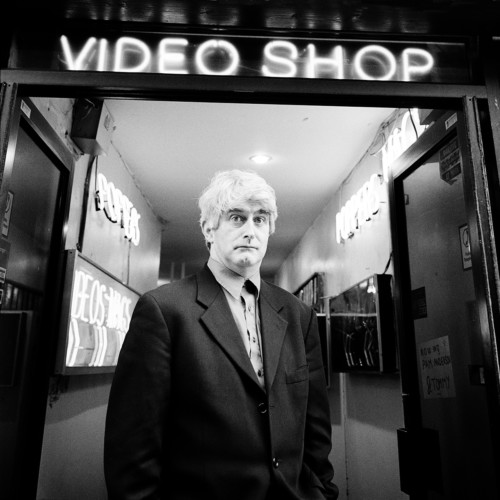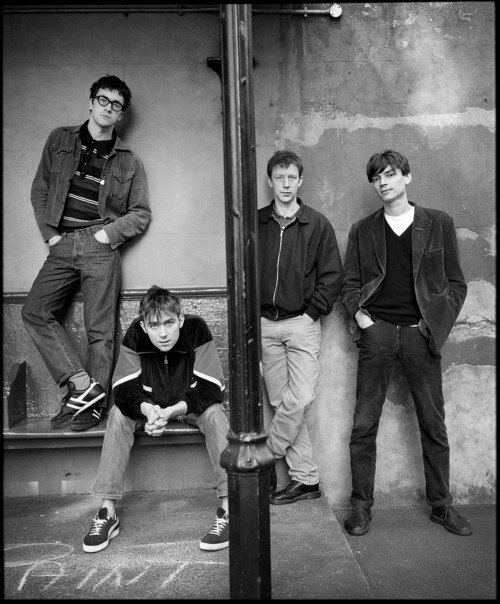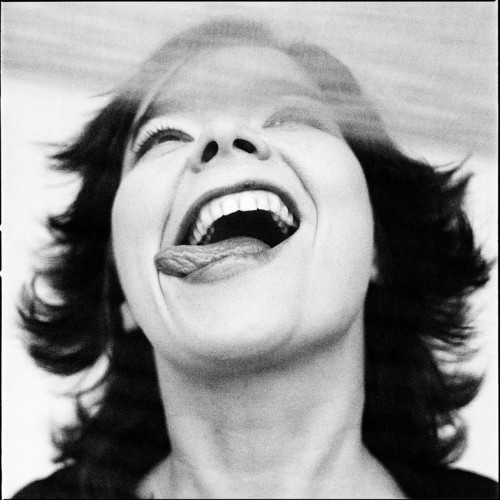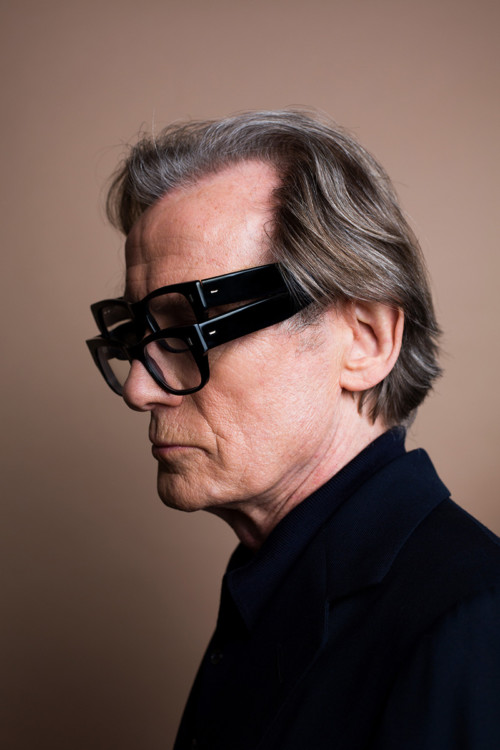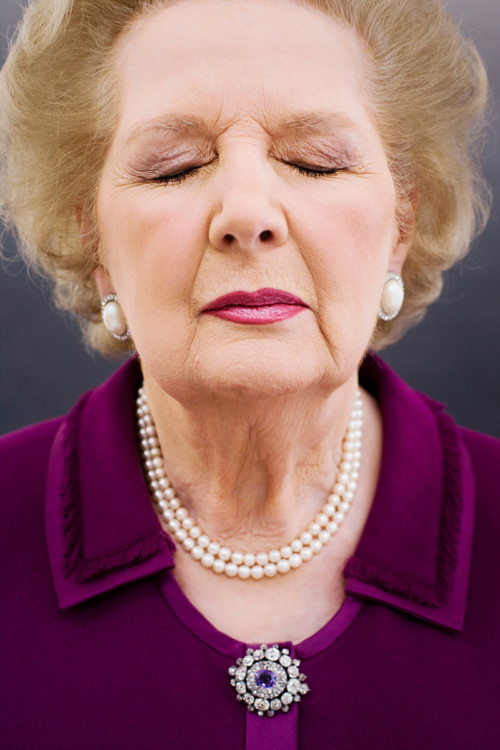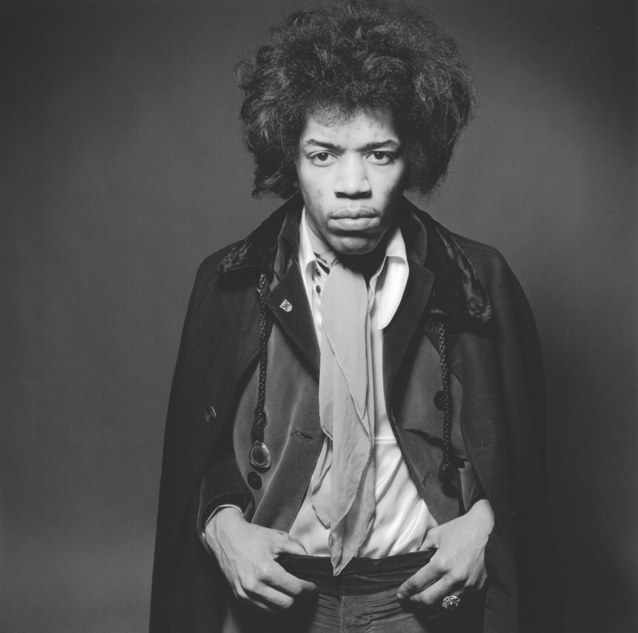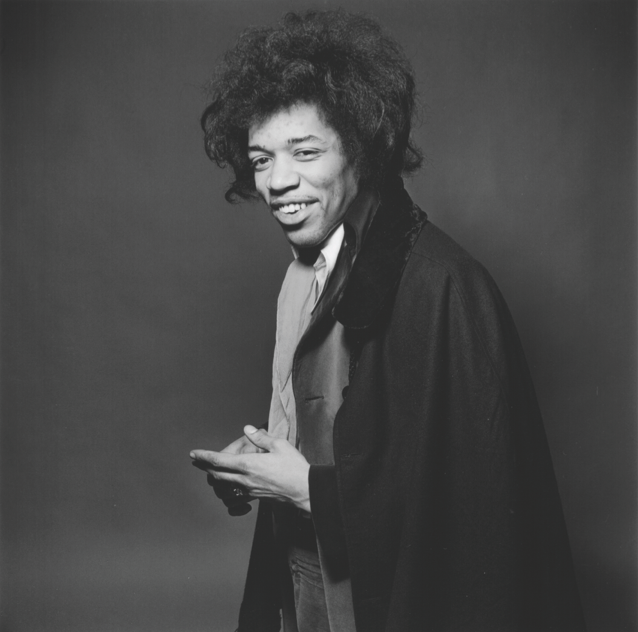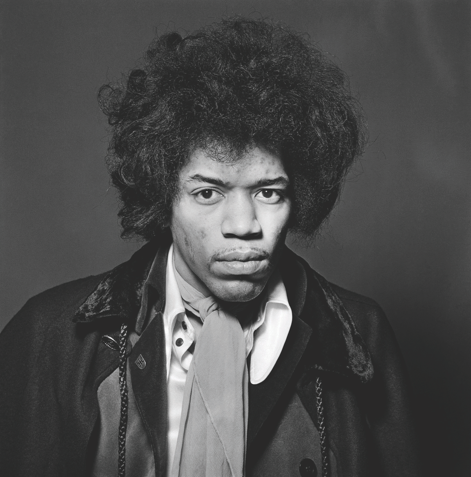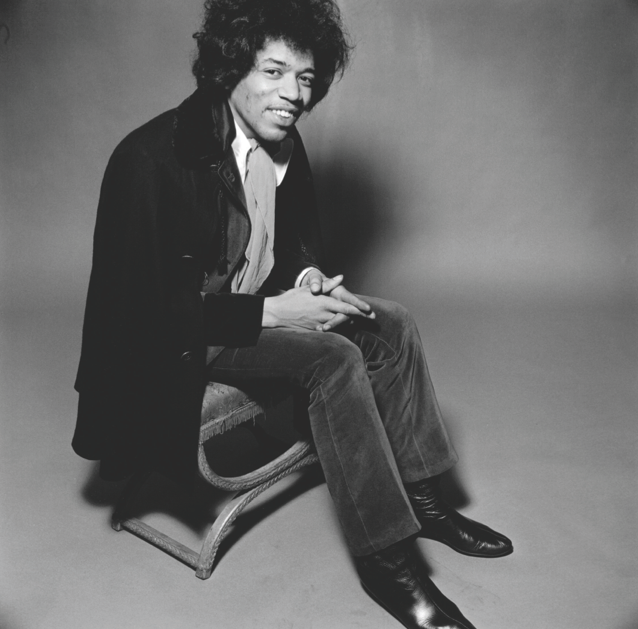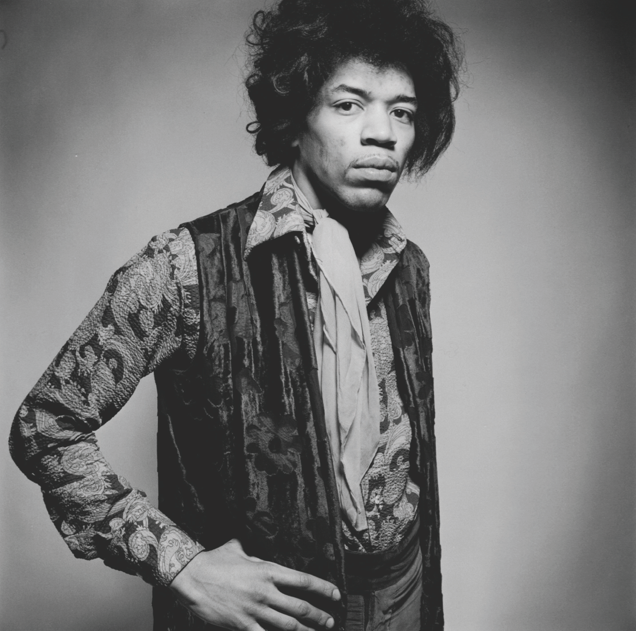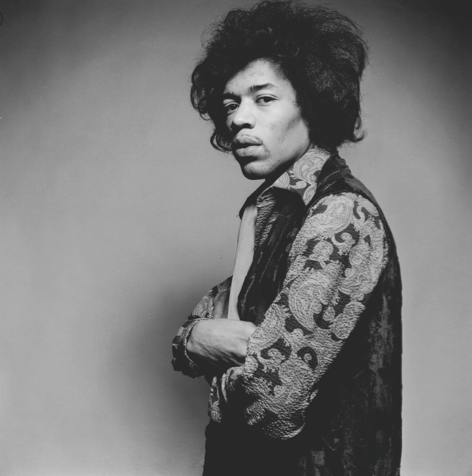Dermot Morgan photographed in Soho, London in February 1998
Harry Borden recalls the shoot:"In February 1998, I was commissioned to photograph Dermot Morgan by The Sunday Times magazine. During the previous three years, the actor’s brilliant comic performances as the star of TV comedy series Father Ted had made him a household name. I was a big fan of the series and was looking forward to the shoot, but despite my determination to come away with strong pictures and my enthusiasm for the subject, this shoot didn’t quite go to plan.
I was usually allowed to decide on how I was going to photograph my subjects, but The Sunday Times had a specific idea for this shoot. They wanted colour shots of Dermot outside some sleazy establishments in London’s Soho. He was meant to strike some comic poses looking as if he had been caught out visiting the area’s strip joints and massage parlours, adopting a persona somewhere between his own and Father Ted Crilly’s.
I realised from the outset that this idea could be problematic: the people who operate these businesses were not likely to appreciate me using them as a backdrop. I was wary of the situation and tried to prepare, but at the time my wife had recently given birth and I was caught up in the maelstrom of caring for a baby and sleepless nights. It wasn’t until I had driven from my home in Hackney to Soho that I realised I’d left all my camera gear in my hallway at home.
I hired a portable flash unit that I was going to use for fill-in flash. I tried to hire a camera from the same company, but they didn’t have any at the Soho branch. Trying not to panic, I went straight to a local Jessops and bought a second-hand Fujifilm 6x9 rangefinder. However, when my assistant and I connected the camera to the flash set-up in a Soho car park, we heard a ‘pop’, the flash started smoking and an acrid burning smell floated across. After that, it wouldn’t work at all. By then, the cold, drizzly afternoon was beginning to get dark. We were also running late. So, on the spur of the moment, I decided to do the entire shoot in black & white.
We met Dermot at his management company office in Soho. I covered up my technical problems when I met him, but was inevitably feeling stressed. Dermot himself was a nice man, very kind and compliant, and willing to go along with the idea of doing the shoot around Soho. The shoot lasted a frantic 20 minutes. There’s only so much you can do when you’re being shooed away from one sleazy strip club or massage parlour after another. By the time I shook hands with Dermot and said goodbye, it was beginning to rain but I was hopeful I’d managed to dig out a result, largely due to Dermot’s expressive features.
Just 10 days afterwards, I heard the shocking news that Dermot had died from a heart attack, aged 45, a day after he finished filming on the third series of Father Ted. It was so sad. My shoot was the last he ever did. When the photos were published in The Sunday Times, instead of illustrating a light-hearted feature, they were part of Dermot’s eulogy. Shooting in black & white had been forced upon me by my circumstances, but it gave the images a poignancy and authenticity they wouldn’t have had in colour."
Available in a choice of physical size options. Please ask for framing options.
Please allow 2-3 weeks between order and delivery for an unframed photograph. Framing adds 2-3 weeks.

